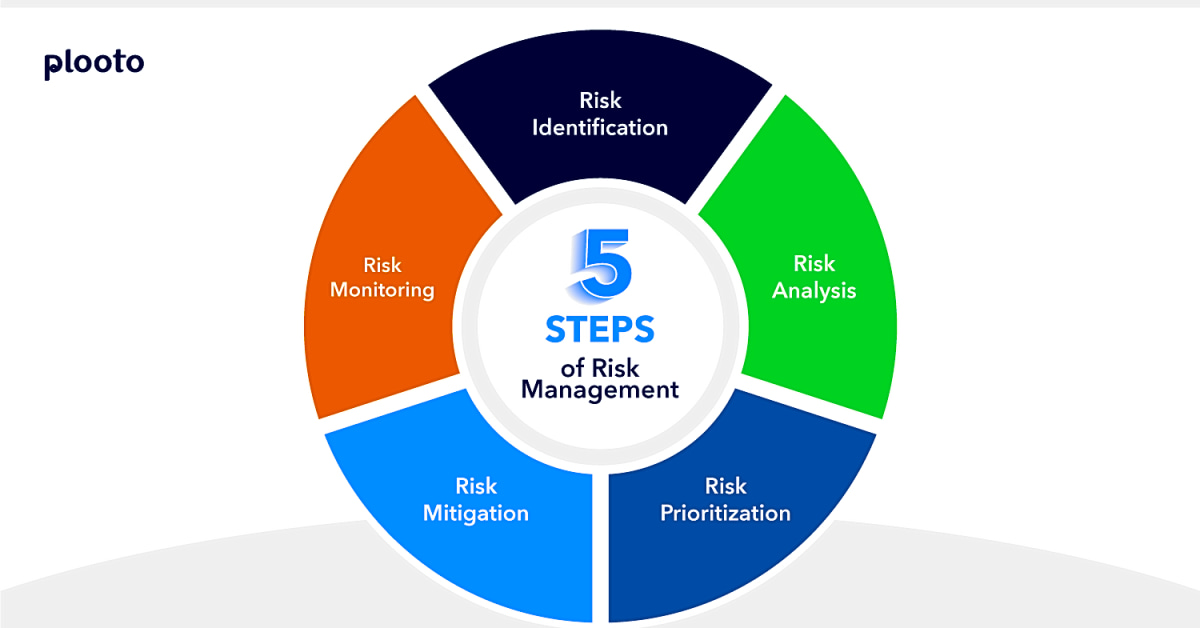In today’s volatile business landscape, the ability to effectively manage risks is crucial for the success and sustainability of any organization. With constantly evolving technologies, changing market trends, and unforeseen events, businesses are faced with a multitude of potential risks that could have a significant impact on their operations. This is why prioritizing risks based on their impact and likelihood is essential for developing a robust risk management strategy. In this comprehensive guide, we will explore the process of identifying and prioritizing risks, and how it can help businesses make informed decisions and mitigate potential threats. Whether you are a small startup or a large corporation, understanding the importance of risk prioritization is key to achieving long-term success in your industry. So, let’s dive into the world of risk management and learn how to effectively identify and prioritize risks to protect your business.
To begin, let’s define what we mean by ‘risk.’ Risks are potential events or circumstances that can have a negative impact on your business objectives. These can include anything from changes in the market, financial instability, or even internal issues such as employee turnover. As a business owner, it is your responsibility to identify and manage these risks to ensure the success and growth of your company.
Now, let’s dive into the key steps for prioritizing risks based on impact and likelihood. The first step is to assess the potential impact of each risk on your business objectives. This involves analyzing the potential consequences of each risk, such as financial loss, reputation damage, or operational disruptions. By quantifying the potential impact, you can prioritize risks based on their severity.
The next step is to evaluate the likelihood of each risk occurring. This involves looking at past data, industry trends, and expert opinions to determine the probability of a risk materializing. By understanding the likelihood of each risk, you can prioritize them accordingly.
Once you have assessed the impact and likelihood of each risk, it’s time to prioritize them using a risk matrix. This involves plotting each risk on a matrix with the impact on one axis and likelihood on the other. The risks with high impact and high likelihood should be given top priority, while those with low impact and low likelihood can be deprioritized.
After prioritizing risks, it’s essential to develop a risk management plan. This plan should outline how you will monitor and mitigate each identified risk. It should also include contingency plans in case a risk does materialize. By having a solid risk management plan in place, you can effectively manage potential risks and minimize their impact on your business objectives.
In addition to managing risks, it’s also crucial to continuously monitor and review your risk management strategy. This involves regularly reassessing the impact and likelihood of risks and updating your risk management plan accordingly. By staying proactive and adapting to changes in the business environment, you can ensure the effectiveness of your risk management strategy.
In conclusion, prioritizing risks based on impact and likelihood is a crucial aspect of risk management. By understanding the potential impact and likelihood of each risk, using a risk matrix, and developing a solid risk management plan, you can effectively manage risks and gain a competitive advantage in your industry. As a business owner or manager, it’s your responsibility to be proactive in identifying and managing potential risks to ensure the success and growth of your company.
Assessing Likelihood
The next step is to assess the likelihood of the risk occurring. This involves considering the probability of the risk event happening based on past data, industry trends, and other relevant factors.
Assessing likelihood is a crucial aspect of risk management as it allows businesses to gauge how probable a risk event is and take appropriate action. This can include conducting research on similar risks that have occurred in the past, looking at industry trends and patterns, and taking into account any other relevant factors that may impact the likelihood of the risk.
By thoroughly assessing likelihood, businesses can better prepare for potential risks and make informed decisions about how to prioritize them. This step also allows businesses to allocate resources and develop contingency plans based on the level of likelihood for each risk.
It is important to note that likelihood is not a static factor and may change over time, so it is crucial for businesses to regularly reassess and update their risk prioritization strategies.
By taking the time to thoroughly assess the likelihood of potential risks, businesses can gain a competitive advantage by being better equipped to handle any potential threats and make strategic decisions that drive their success.
Understanding Risk Impact
The first step in prioritizing risks is determining their potential impact on your business. This involves evaluating the severity of the consequences that could result from the risk event.
By following these steps, you can effectively prioritize risks for your business strategy and make informed decisions to mitigate or manage potential threats. Remember, risk management is an ongoing process and should be regularly reviewed and updated as your business evolves. By staying on top of potential risks, you can gain a competitive advantage and achieve success in your industry.
